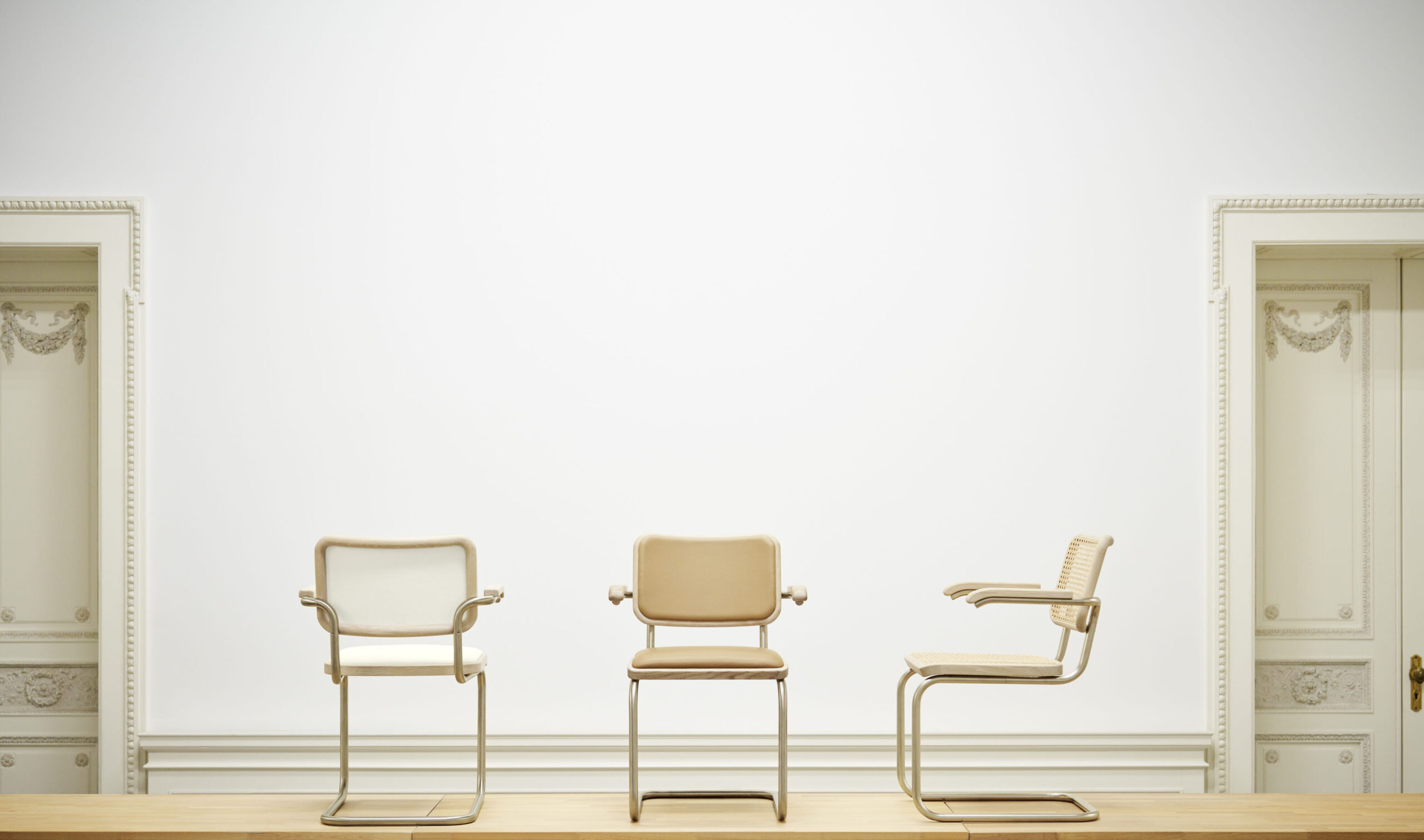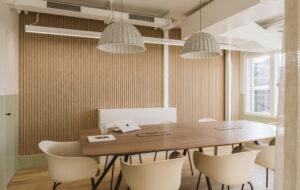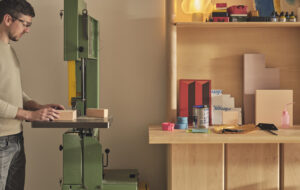 |||
|||
Last year was quite a year for East Yorkshire’s port city of Hull, the spotlight shining on its status as 2017’s UK City of Culture, only the second UK city to hold the title after Derry in 2013.
A late-November trip saw a bunch of London-based journalists hop on Hull Trains’ express service, one that reportedly brought an additional 13,300 people from London to Hull in the first half of the year. As we neared, heavy snow obscured our view from the train as winter darkness fell. We were here to visit Where Do We Go from Here?, a choreographed robotic light installation by Jason Bruges Studio, commissioned to round off the year’s packed programme, which comprised over 2,000 events, exhibitions and cultural activities across the city.
 Paper helicopters launch GF Smith’s World’s Favourite Colour
Paper helicopters launch GF Smith’s World’s Favourite Colour
Awarded the title back in 2013, the city formally known as Kingston upon Hull has had four years to make one of the UK’s most deprived cities sing from its top masts. After suffering some of the heaviest damages in the blitz followed by a period of sustained post-industrial decline, namely to its fishing industry, I couldn’t help wondering how this thing called culture would play out with the locals. Would the city’s population of 260,000 turn their noses up at an influx of “arty nonsense” or could it have a transformative effect?
A shining beacon greeted us on arrival at the station in the form of an info hub for the cultural happenings around the city. Not since the London Olympics 2012 have I met such enthusiastic volunteers eager to impart information about their home city. This figures, as Martin Green, the CEO and director of Hull 2017, was head of ceremonies for London 2012. Appointed in 2014, Green was determined that their programming wouldn’t feel like had been inflicted upon the city but rather that it was woven into the fabric of the place. For everyone working on his team, it was important they moved to Hull and were invested in it day to day. The army of 2,500 volunteers are all locals, beaming from ear to ear with pride for the place they call home.
 Jason Bruges’ robotic installation came to life as darkness fell
Jason Bruges’ robotic installation came to life as darkness fell
Suitably, the opening event was called Made in Hull, which kicked off with an enormous firework display at 20:17 on 1 January 2017. Hull-born film director Sean McAllister curated large-scale projections, performances, soundscapes and installations that told the story of the city over the past 70 years. Projected on the side of the Maritime Museum were the words WE ARE HULL, reinforcing a strong sense of pride for all that encountered it.
And many did. According to official half-year analysis, at least 90% of residents have experienced one or more of the projects. Hugely popular was Blade by Nayan Kulkarni, a striking installation of a 75m wind turbine blade in the historic Queen Victoria Square, itself a nod to the nearby economy-boosting Siemens factory that manufactures them for North Sea wind farms.
 Blue-clad volunteers had a strong presence at the year’s events
Blue-clad volunteers had a strong presence at the year’s events
In the summer, local high-end paper manufacturer GF Smith commissioned various artists and designers such as Max Lamb, Richard Woods, Bethan Laura Wood and Made Thought to create installations made from Colorplan papers for the Paper City installations.
Jason Bruges’ installation of re-purposed industrial robotic arms encouraged people to explore the city’s streets. As winter darkness fell, the dormant robots awoke, projecting light and sound across the neighbouring buildings in a lifelike choreographed dance. They inquisitively interacted with each other in a way that was both poetic and sinister – their automation at once representing the technological future we’re excited about and the decimation of manual jobs that we fear.
The vast repertoire of cultural activities that has flooded Hull in 2017 is too multifarious to mention. The organisers have managed a healthy balance between commissioning homegrown events and inviting national and internationally recognised institutions. To an impressive extent, inclusivity targets have been met. A visit to see the Turner Prize exhibition at the Ferens Art Gallery saw visitors of all ages and backgrounds, not to mention more of those smiley helpful volunteers in their bright uniforms.
 Silvio Palladino’s I Wish to Communicate With You brought colour
Silvio Palladino’s I Wish to Communicate With You brought colour
Hull City Council invested £3.6m as host city, boosting the pot to £32m from 80 other funding partners. Early indications suggest the economic impact will exceed the bid’s forecast of £60m. Sadly, a high number of homeless were still visibly left in the cold despite the signs of regeneration and gentrification that have come from Hull’s visitor influx. Hipster coffee places are there, a falafel stall in the revamped indoor market and a gin distillery in the fruit market – all signs that locals have felt confident to invest in their city, a feelgood factor palpable in the air.
Of course, as with London 2012, attention now turns to the legacy. The Culture Company, set up to deliver the 2017 programme, will carry on as a permanent national arts company. Back in 2013, the city’s progressive Leadership Board set out to transform the city over ten years and create 7,500 jobs, recognising that the power of culture could set them on that path. When Coventry takes the stage as UK City of Culture in 2021, will Hull have transformed into a world-class visitor destination? Only time will tell.
Humberside’s often undervalued city emerged into the spotlight last year as the UK’s second ever City of Culture – an event that continues to revitalise its future
























